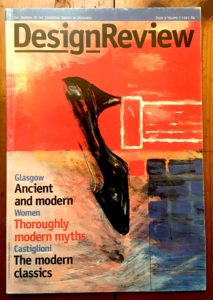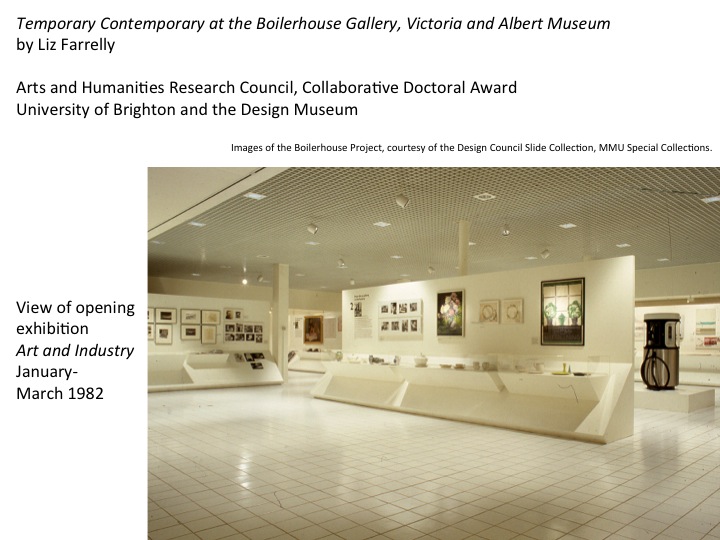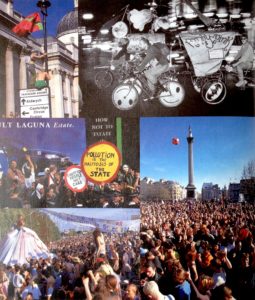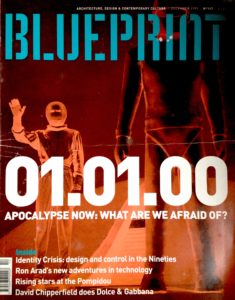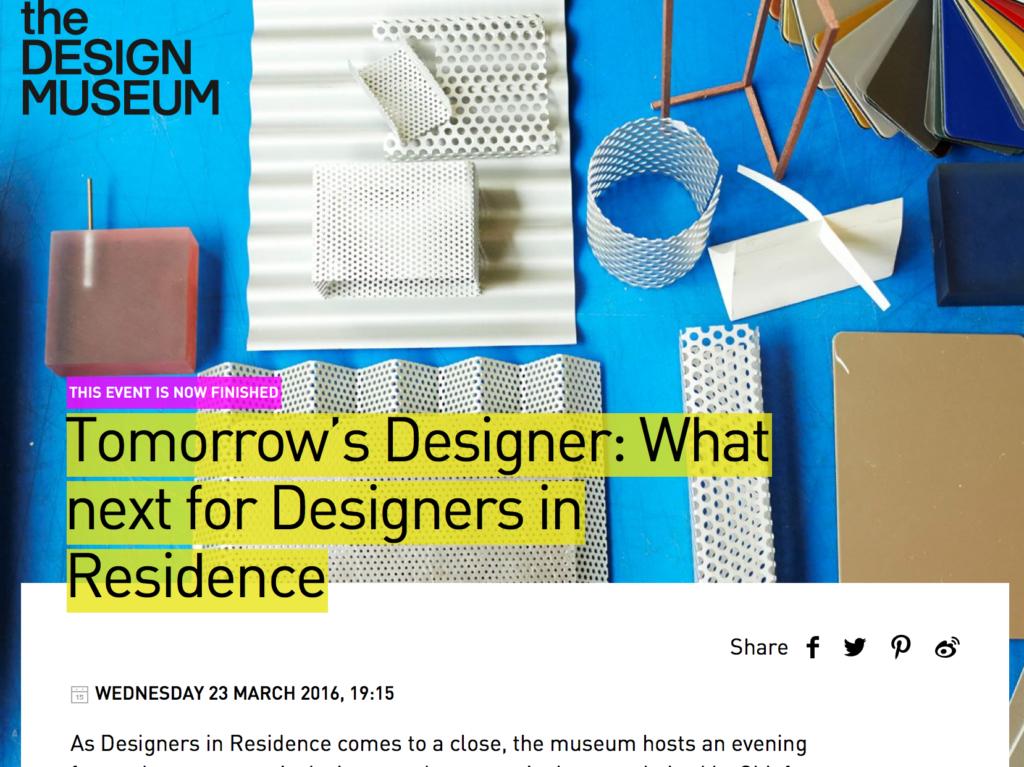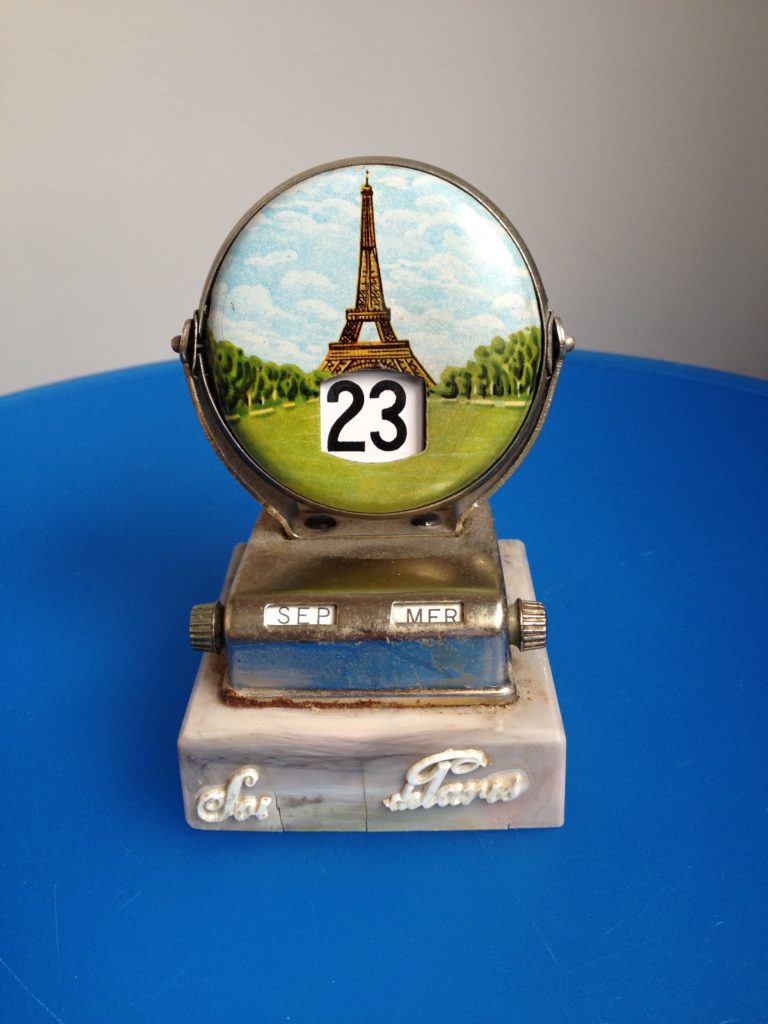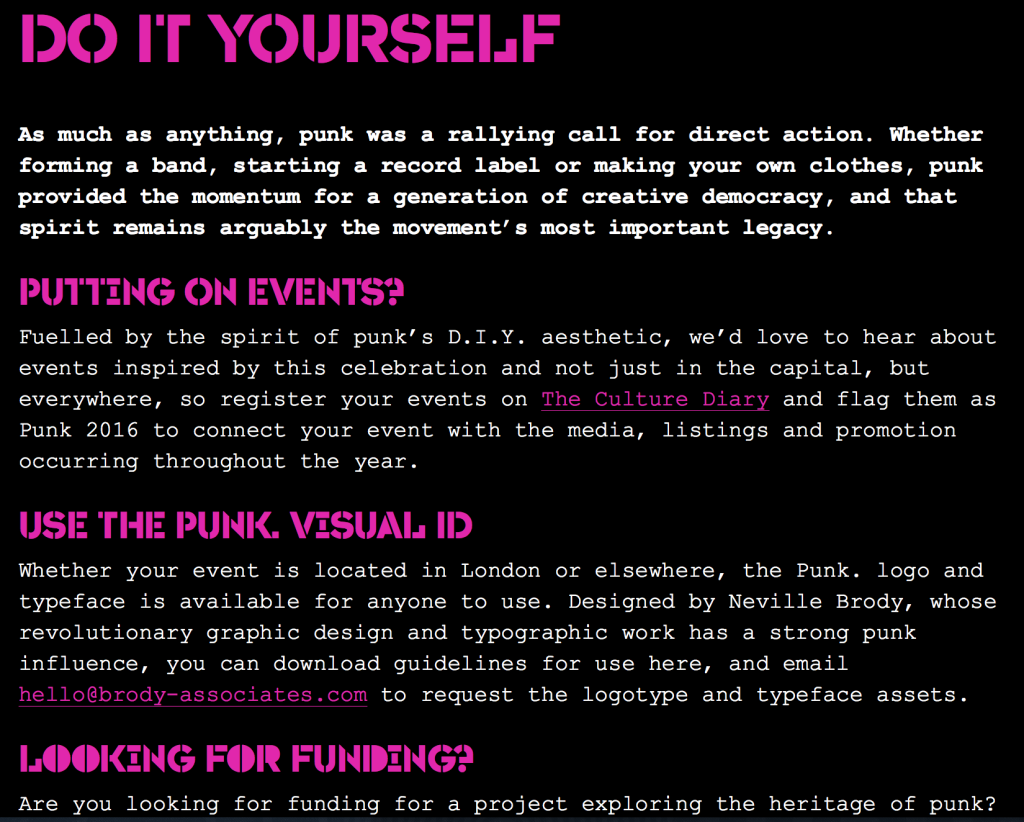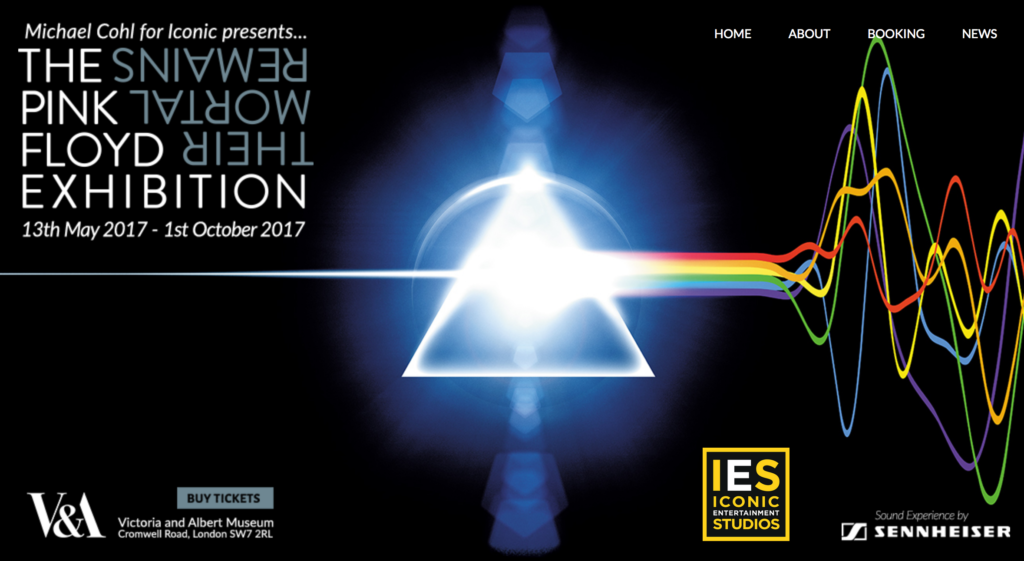
Screen Shot of Pink Floyd’s exhibition website
With the Victoria and Albert Museum staging the blockbuster exhibition, Pink Floyd: Their Mortal Remains, and an upcoming talk by Aubrey Powell titled, ‘Art of Hipgnosis and the Album Cover’ (14/9/2017), here’s an interview with the man himself. Back in 2000 I spoke with Aubrey on the phone while curating an exhibition, Sound Design, for the British Council, which featured the very best British record sleeve designs from the heyday of Rock to the rebellion of Punk, the eccentricities of New Wave and the innovations of Rave and Rare Groove.
The exhibition included extracts of interviews with all the contributing record sleeve designers but the complete interviews were not published, even though the designers gave permission for them to be compiled into a book. The publishing industry being what it was, at the time, the book didn’t fly, so look out for more interviews on this blog. My questions were quite general; the aim was to get the designers talking about what interested them. The interviews were edited from longer conversations, but I tried to keep the designer’s tone of voice, and each interviewee signed off on the final version. What’s particularly interesting is that at the time vinyl had been replaced by digital technology in the form of CDs; Web 2.0, online downloads and MP3s were still ‘experimental’ and the first Apple iPod wouldn’t be launched for another year. The implications of the Internet for the music industry were beginning to be talked about but not yet felt.
Why am I posting this interview now? To celebrate the work of Aubrey Powell and his (late) partner, colleagues and clients, and the V&A exhibition that he helped to create, which I also hope to review. For more information on the exhibition visit the band’s exhibition website and the museum’s extensive programme, here. To see masses of images check out the websites dedicated to Hipgnosis and Aubrey Powell; for the best of Hipgnosis’s work in print have a look at Aubrey’s book, Vinyl . Album . Cover . Art: The Complete Hipgnosis Catalogue, published by Thames and Hudson.
Aubrey Powell, interviewed by Liz Farrelly on 5/7/2000.
Liz Farrelly: How did you start Hipgnosis?
Aubrey Powell: We started Hipgnosis in the 1960s…It’s not what you know it’s who you know and Storm Thorgersen and I came from Cambridge and Pink Floyd originated in Cambridge – Syd Barrett, Dave Gilmore, Roger Waters – we all came to London at the same time, around 1965/66 and were all attending various art schools. Storm was at the Royal College of Art film school, and I was at the London School of Film Technique. Syd Barrett was at Hornsey Art School. And we were very together, all coming from Cambridge. We shared flats; Storm and I and then Syd and Dave had a big flat in South Kensington. Storm and I were looking to get some holiday money and we had a connection to photograph some cowboy book covers, and at the time everybody was getting stoned and dropping acid and were very drug-oriented. We were right in the middle of that psychedelic revolution. We were all part of that. Pink Floyd were doing gigs in tiny clubs like the UFO club on Tottenham Court Road and had just released their first album and were about to have a hit called See Emily play.
Continue reading →


